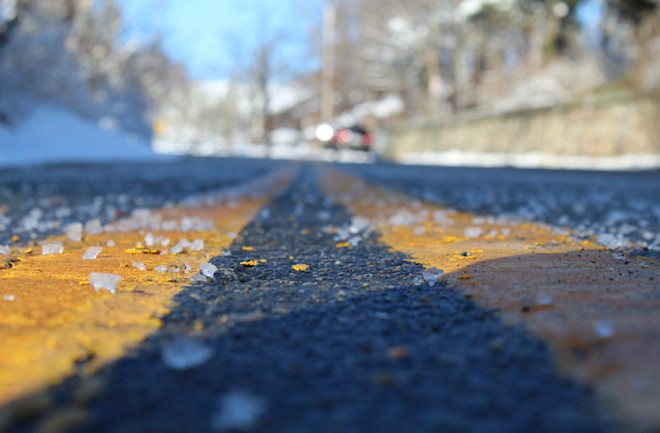Winter is still running strong in many areas of the country, with snow pelting down on the roads that motorists use every day. Fortunately, the Department of Transportation (D.O.T.) in your area is working nonstop to plow, sand, and salt the roads to make travel as safe as possible. Car accidents can happen on snowy or icy roads. Winter road conditions contribute to more than 100,000 injuries each year. That is also the reason salt is used on roadways; in addition to helping to melt snow and ice, it also increases traction when mixed with sand.
It’s crucial to wash your automobile in the winter to get rid of the accumulated salt. The best method for reducing the risk of rust damage is to remove used road salt. Another area that is regularly impacted is the brake lines, thus it’s crucial to inspect them frequently.
Why can road salt cause a car to rust?
Car metal parts come into contact with precipitation water that contains oxygen and carbon dioxide. Free-radical ions found in road salt come into touch with the water from precipitation. Iron oxide develops after prolonged contact to oxygen and hastens the rusting process.
How does salt for roads work?
Road salt was originally used as a combatant to make roads safer for driving in the 1930s. The chemical reaction that sodium chloride produces lowers the freezing point of water, melting ice so that tires can make contact and gain traction with the pavement. When there is ice on the road, it aids in preventing the car from slipping. This traffic safety technique has the drawback of being extremely corrosive to automobiles and rusting them over time. Road salt residue poses one of the greatest risks to automobiles in the form of rust, which can cause serious engine and chassis corrosion when exposed repeatedly. The paint of the car is corroded by road salt, which also causes rust to start growing underneath and bubbling up, making the metal brittle and flaky.
If left unattended, the damaged portion eventually breaks away, and a hole may result. The undercarriage of a car or truck has numerous spots that road salt can damage if not maintained since it encourages rust and can have an impact on its mechanics. It can be challenging to find the afflicted regions, so getting the car inspected by a specialist is a smart idea. Rust can cause major harm to the frame and hydraulic brake system, rendering the vehicle dangerous to operate. The hydraulic braking system, for instance, delivers brake fluid to the brakes so they can expand. The brakes don’t operate well, or in some circumstances, at all, if salt damages the line and causes a leak.




